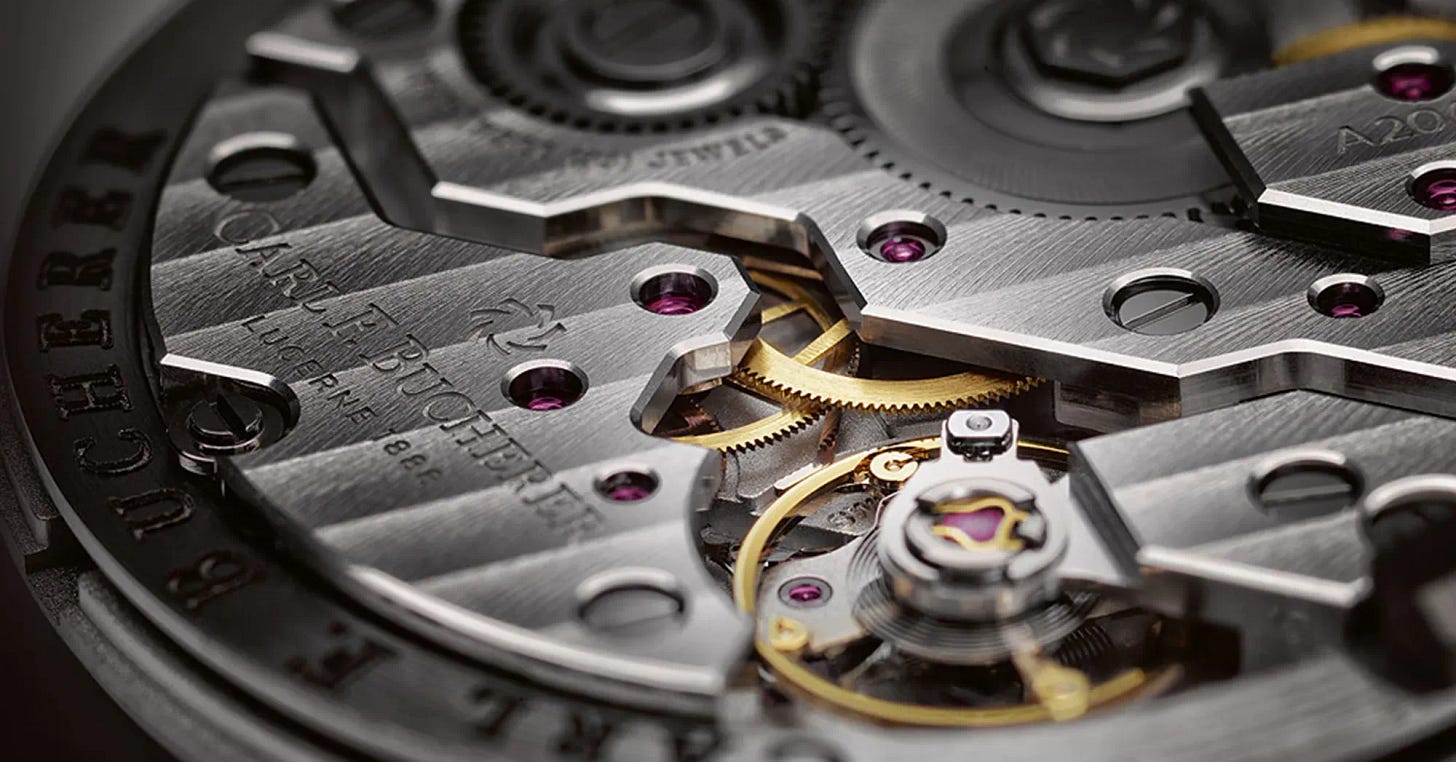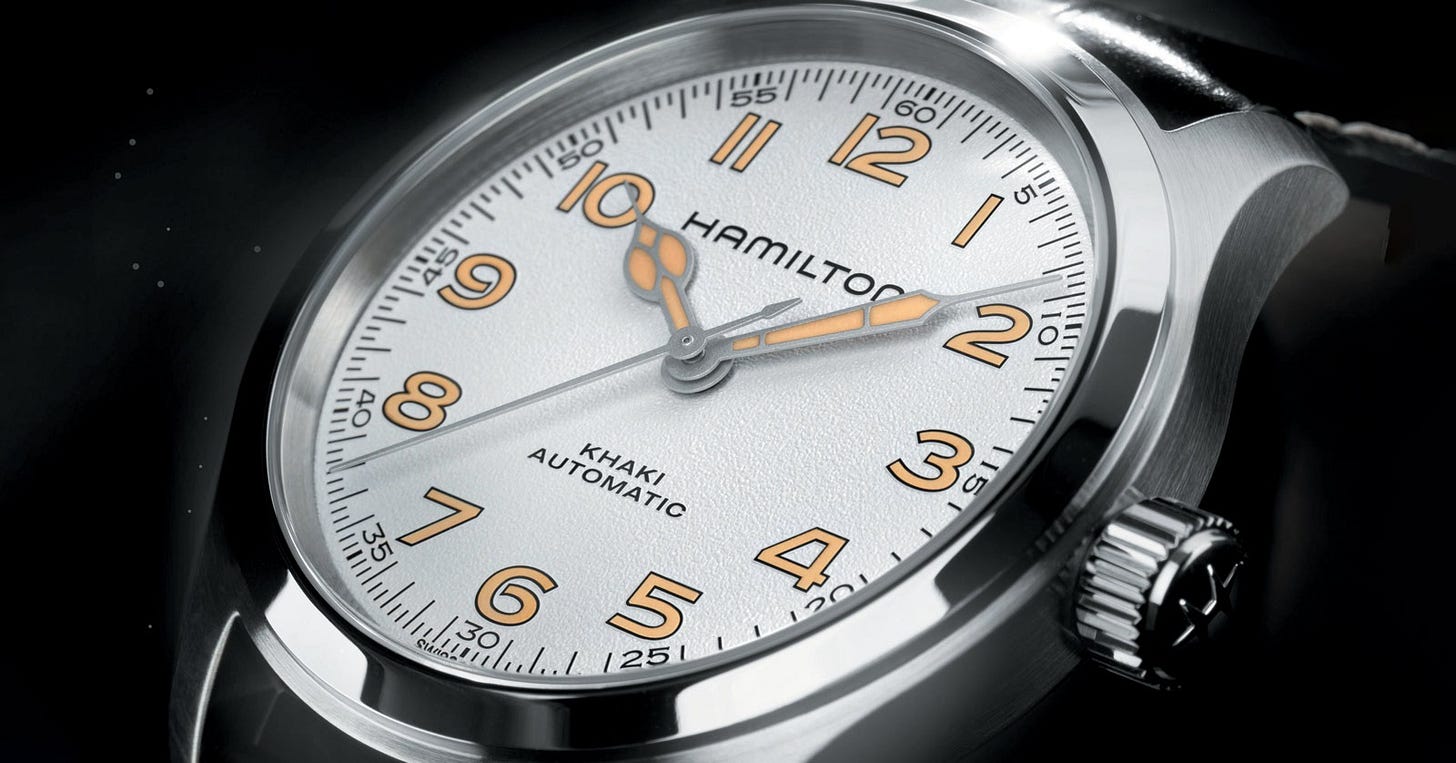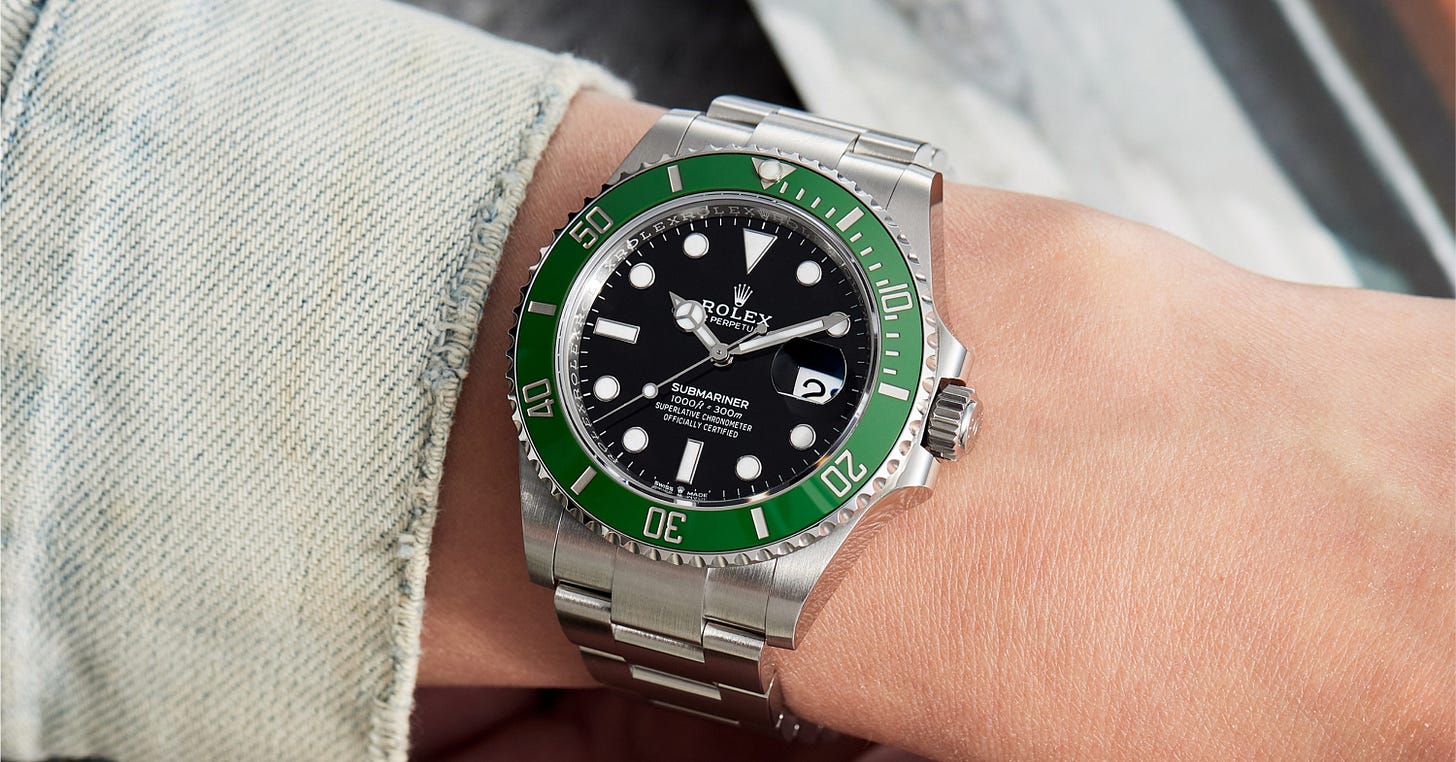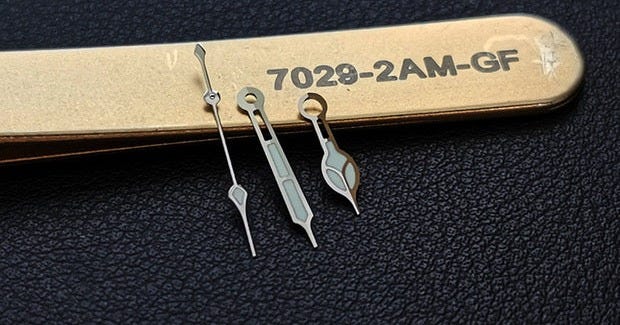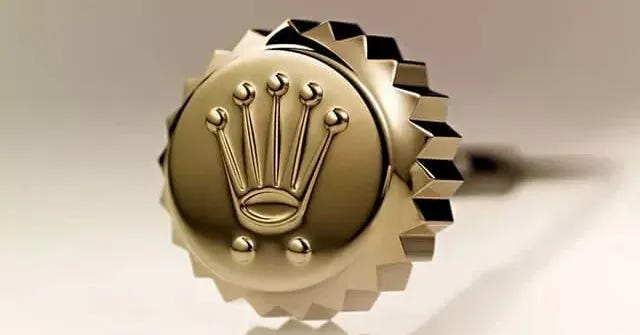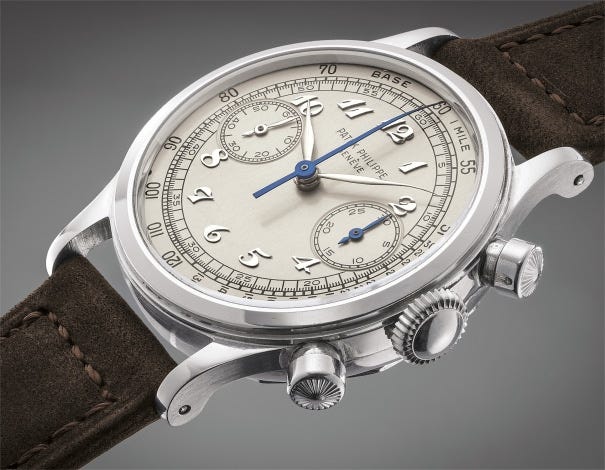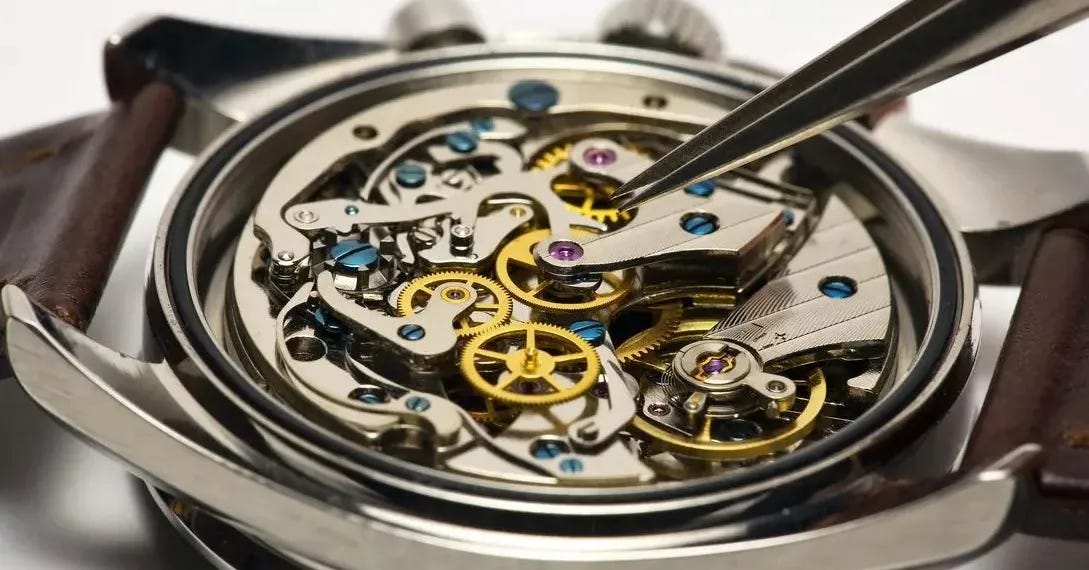Ever wondered why watch enthusiasts spend unimaginable amounts of time discussing one particular watch, while the rest around them seemingly can’t wait for the conversation to end? It’s simple!
While most think that a watch is simply something that tells time or just a straightforward piece of ostentatious fashion or jewellery, the reality is much different. There is an entire world of conceptual design, engineering and art in a watch. Today, let’s break down some important concepts by examining watches and deciding what to buy.
Case:
The case of the watch serves as a protective shell. While some high-end and elite models boast ‘monobloc’ cases carved from a single block of metal. Most watch brands follow a three-part structure for their cases. The case back closes the rear of the watch, and often in the case of automatic watches, it features a window known as an exhibition caseback, allowing the wearer to observe the internal movement. Additionally, the case body of the watch houses the movement and supports the structural integrity, and lastly, the bezel frames the front and secures the crystal in place.
Cases can be made of a wide variety of materials, including but not limited to: plastic, resin, stainless steel, titanium, bronze, ceramic, various types of gold, and other precious metals such as platinum. Importantly, when manufacturers and designers mix materials, like a steel case body paired with a gold bezel. It’s referred to as a two-tone, bi-metal, or bi-material.
Bezel:
Depending on the model and design of a watch, a bezel can be fixed or rotatable. Fixed bezels are often adorned with scales like a tachymeter, used to calculate speed. Rotating bezels play a pivotal role in tool watches: divers use one with a 60-minute scale that only turns in one direction to avoid miscalculating dive times. GMT models sport 24-hour bezels to track a second time zone; pilots rely on slide-rule bezels for in-flight calculations such as fuel usage and distance.
Crystal:
Protecting the dial is the crystal, the watch’s front-facing glass layer. Today, sapphire glass reigns supreme for its scratch resistance and clarity, often coated to reduce glare. Acrylics like Hesalite evoke vintage charm and are more forgiving of impact, while mineral glass offers a middle ground. On the rear of modern watches, crystals also appear as transparent exhibition casebacks, adding a layer of storytelling through the visible movement.
Hands:
Hands of a watch vary in shape and size, with the trio of hour, minute, and second hands collectively referred to as the handset. The counterweight, a tiny component on the seconds hand, balances its motion across the dial. Subdials (or registers) expand the watch’s functionality, offering chronograph counters, second time zone indicators, and calendar details. Designs like bicompax (two subdials), tricompax (three subdials), and regulator dials (where minutes dominate the centre while hours and seconds are tucked into subdials) speak to a watch’s complexity and heritage.
Crown:
Control over these functions is handled via the crown, typically found on the right side of the case. This knob enables manual winding, time-setting, and adjustment of complications such as the date or moon-phase. On sports watches, crowns are often screw-down to improve water resistance, and on pilot watches, they are oversized, a tribute to aviators who once needed to operate them with gloved hands.
Pushers:
For chronographs and multifunction watches, pushers appear as additional buttons beside the crown. These trigger the stopwatch function, reset timers, or advance complications like dual time or moon-phase indicators. Though modest in appearance, pushers are integral to the tactile experience of using a watch.
Movement:
At the heart of it all lies the movement, the engine that powers every hand, subdial, and complication. Movements come in two main types: quartz, which is battery-powered and highly accurate; and mechanical, which offers a spring-driven mechanism steeped in tradition. Mechanical watches can be either hand-wound or automatic, the latter using wrist motion to power the mainspring. While quartz offers reliable simplicity, mechanical movements are cherished for their artistry and emotional allure.
Final thoughts:
Watches are far more than fashion accessories—they are symphonies of design and engineering, each part carefully crafted to offer both function and form. From crystal to caseback, lugs to movement, the vocabulary of watchmaking is a language that tells stories through precision and legacy. Whether you're timing a lap, setting a second time zone, or simply admiring the tick of a seconds hand, knowing your watch inside and out adds depth to every glance at your wrist.


